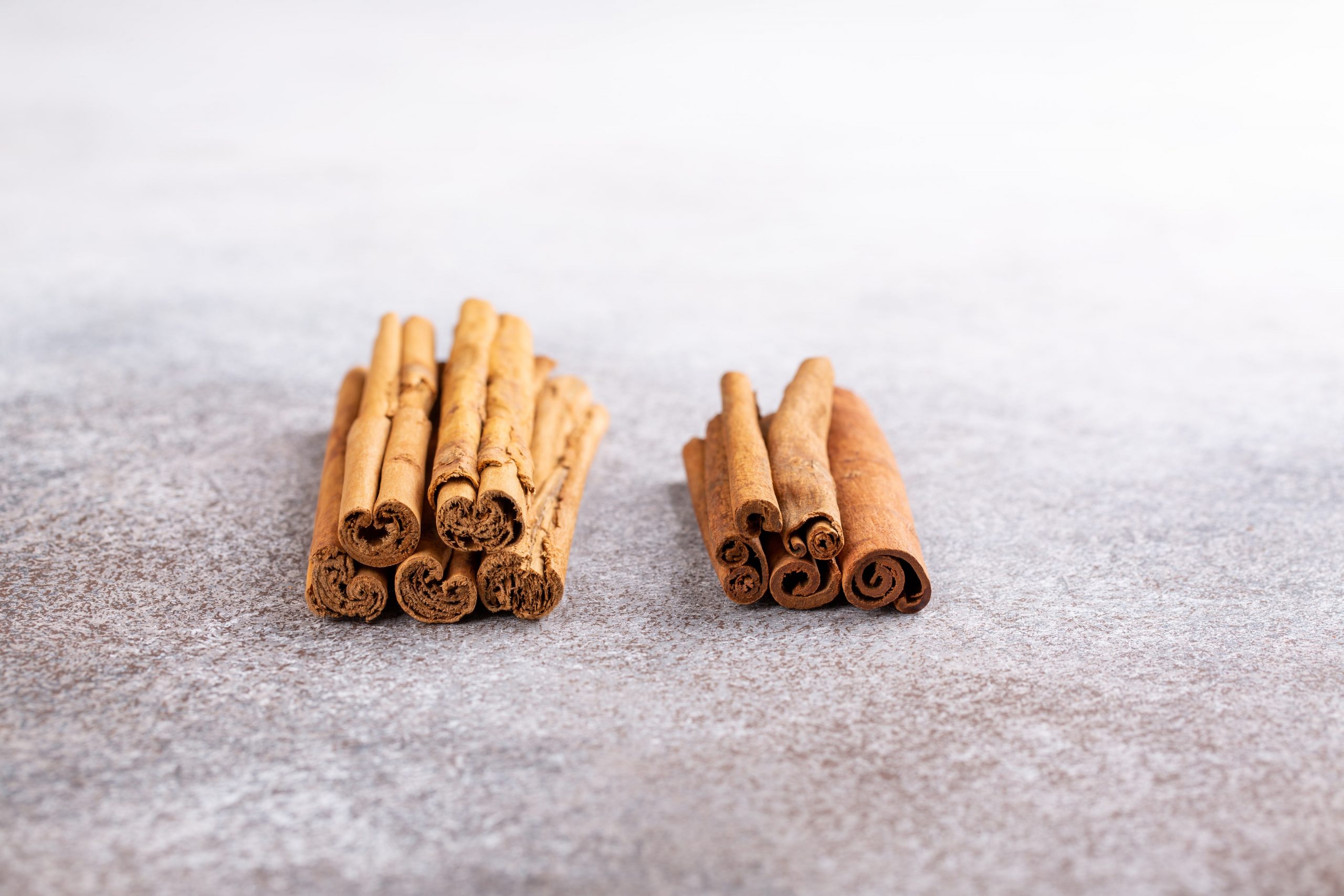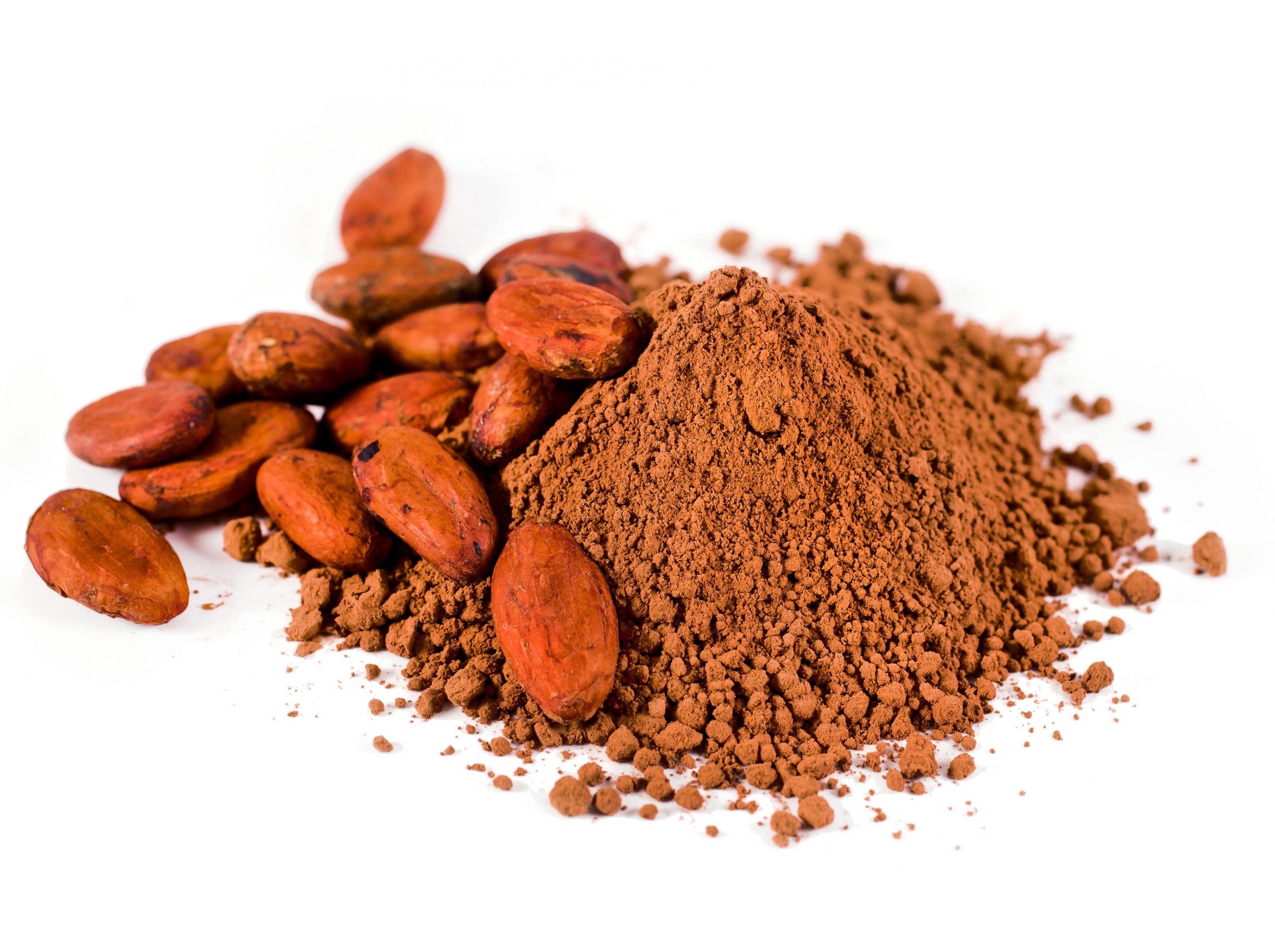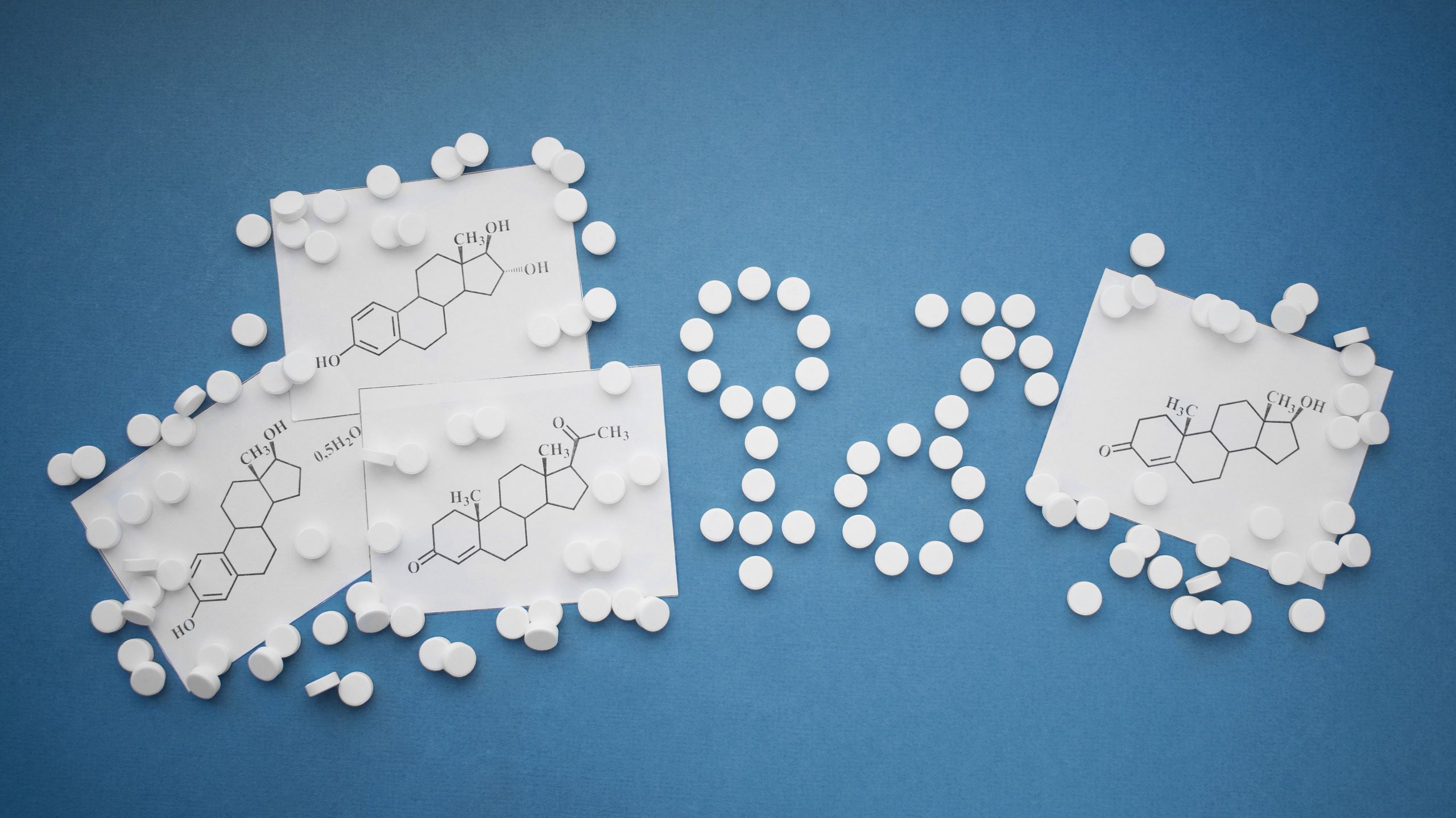Many dishes and cuisines use cinnamon for an improved flavor. Technically, not all cinnamons are created equal. It, therefore, means that there must be clear differences between cassia and Ceylon cinnamons. These are the main types of cinnamon.
Apart from giving your food a great delicacy, cinnamons may incredibly benefit your health in many ways. Finding them in supermarkets is easy, and they are considerably cheap. In many cases, you will only find one type of cinnamon stocked out of the two main varieties. They are both healthy and delicious, but one variety is loaded with toxins which can harm your health if taken in high amounts. This article explains what sets apart Ceylon and cassia cinnamon.
What Is Cinnamon?
Cinnamon is a spice usually obtained from the inner bark of a tree known as Cinnamomum. The commonly available cinnamon sticks or quills are made by drying the inner bark to achieve curly forms. Powerful compounds and essential oils found in cinnamon give it its characteristic properties. Cinnamaldehyde is the main compound, which gives cinnamon its health benefits, aroma, and flavor.
Cassia Cinnamon
This type of cinnamon is created from the inner bark of the Cinnamomum cassia tree. The tree can also be called Cinnamomum aromaticum. Some people also refer to cassia cinnamon as Chinese cinnamon because it was first grown in Southern China. Currently, some subspecies of cassia cinnamon are also grownin Eastern and Southern Asia. What sets cassia apart from Ceylon is its color which is sort of dark brown-red, thicker sticks, and texture which tends to be rough. Cassia is very cheap and widely available in manysupermarkets. This makes it the most commonly consumed typed. In China, cassia cinnamon has been used for a long time in traditional medicine and cooking. People love it due to its strong spicy flavor, thanks to cinnamaldehyde, which makes up to 95% of its oil.
Ceylon Cinnamon
Ceylon is also referred to as “true cinnamon.” It is widely cultivated in some parts of Southern India and Sri Lanka. Ceylon cinnamon comes from Cinnamomum verum tree. Unlike cassia, the color of the dried inner bark of Ceylon is tan-brown and its sticks have soft layers. This makes them an ideal addition to many foods as they provide a perfect texture and desirable quality. Ceylon cinnamon is less available in supermarkets and has long been used as a cooking spice. Compared to the cassia variety, Ceylon is quite expensive. You can perfectly add it to desserts, delicate and sweet flavors. Unfortunately, its aroma and flavor are milder than cassia cinnamon because of its low concentration of cinnamaldehyde which occupies up to 50-63%.
Cassia and Ceylon Cinnamon Can Both Help With Diabetes
Diabetes is a chronic disease that affects many people in the world. High blood sugar levels above normal and poor wound healing characterize it. Both cassia and Ceylon cinnamon can help improve markers of diabetes in various ways, as explained below.
They Both Contain Antioxidants
Generally, cinnamon does not contain many nutrients. However, it contains large amounts of antioxidants, that provide many health benefits. Antioxidants are powerful compounds that reverse damages on cells caused by oxidative stress – a state that sets in with the accumulation of free radicals. Studies suggest that consuming cinnamon can greatly reduce the markers of oxidative stress by up to 14%. Why is this of health importance? Because oxidative stress has been associated with several chronic diseases including type 2 diabetes.
They Can Increase Insulin Sensitivity
Insulin sensitivity is the ability of your body cells to respond promptly to the effects of insulin – a hormone that regulates blood sugar levels. In diabetic patients, either their cells do not respond to the effects of insulin properly or their pancreas cannot produce enough insulin. Ultimately, insulin will accumulate in the blood. Both Ceylon and cassia cinnamon can mimic the effects of insulin and lower blood sugar levels by speeding the transfer of glucose into cells.
Both Varieties of Cinnamon May Lower Fasting Blood Sugar and Decrease Hemoglobin A1c
Fasting blood sugar is important in determining your body’s ability to regulate blood sugar levels after fasting for at least six hours. The higher it is, the poorer your body can control sugar levels in the blood. Evidence indicates that consuming either Ceylon or cassia cinnamon may help lower fasting blood sugar. For example, in type 2 diabetes, both cinnamons can decrease fasting blood sugar averagely by more than 1.33 mmol/L. Hemoglobin A1c is a measure used to determine long-term control of blood sugar. Even though the results are conflicting, most of them have shown that cinnamon can significantly reduce hemoglobin A1c.
Cinnamon Can Lower Post-Meal Blood Sugars
Many foods usually tend to increase blood sugars just after eating them. This impacts negatively on your health by increasing inflammation and oxidative stress – both of which increase your risk of type 2 diabetes and other chronic illnesses. Ceylon and cassia cinnamon can help control such blood sugar fluctuations that occur after meals. Some researchers think that they do this by slowing down the rate at which your stomach empties food. Others say that they reduce post-meal blood sugar by inhibiting the actions of enzymes that digest carbs in the small intestines.
Cassia Cinnamon Contains a Toxic Compound
This variety of cinnamon contains a toxic compound called coumarin – a compound that exists naturally in many species of plants. It can harm your health if you consume too much of it. Rodent studies indicate that coumarin can lead to kidney, liver, and lung damage. It is speculated that it may even cause cancer. Human studies have not shown any effects similar to that. The tolerable daily intake (TDI) of coumarin is 0.1 mg/kg, reduced from the initial TDI of 0.5 mg/kg. Cassia contains up to 1% of this compound, while Ceylon contains 0.004% virtually undetectable. It will be best to eat or take supplements containing Ceylon instead of cassia.
Conclusion
Cinnamon is a popular spice that adds to your food a great flavor and aroma, thanks to cinnamaldehyde, essential oil in cinnamon. Ceylon and cassia are the main types of cinnamon, and they can both help manage diabetes. Cassia is cheaper and more available than Ceylon. Cassia also contains lots of harmful compound coumarin than Ceylon.
Credits
We would like to thank the below contributors who have helped us to write this article:
- WHY CAN DRINKING ALCOHOL TRIGGER ANXIETY? - January 7, 2023
- WHAT IS ORGASMIC MEDITATION? BENEFITS + HOW TO - January 7, 2023
- THE BEST WAYS TO PREVENT WEIGHT GAIN THIS WINTER - January 6, 2023









